1. A perfect employee recognition program should include timely and specific recognition, peer-to-peer recognition, various recognition methods, top management involvement, and integration with core business values.
2. These elements ensure that employees feel valued, motivated, and engaged, which boosts morale, enhances productivity, and supports business growth.
3. When implemented effectively, such programs help retain top talent and create a positive workplace culture that aligns with organizational goals.
Employee engagement and motivation have become significant focus areas for most organizations today. Understanding the critical elements of a perfect employee recognition program is paramount for any organization.
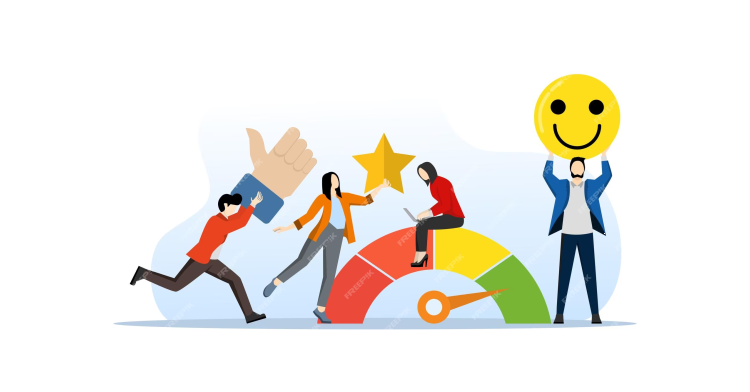
The objective of any employee recognition program is to celebrate employee efforts and achievements and make them feel valued.
When implemented correctly, these programs can provide significant benefits for an organization:
1. Help boost employee morale and motivation, which, in turn, can enhance their efficiency and drive business growth.
2. Improve the overall profitability of an organization by enhancing employee productivity and work quality.
3. Ensure better retention of top talent by appreciating and rewarding them for their excellent work and contribution.
4. Inspire employees to work harder and better to receive the same kind of recognition as their colleagues.
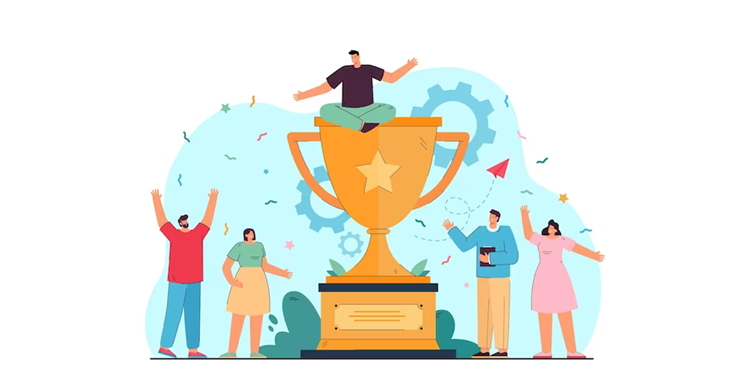
To leverage the full benefits offered by a recognition program, organizations must provide recognition effectively.
Hence, recognition should be specific, timely, regular, and public to make it more impactful.
In addition, organizations should also ensure that the recognition is inclusive and well-integrated with critical corporate values.
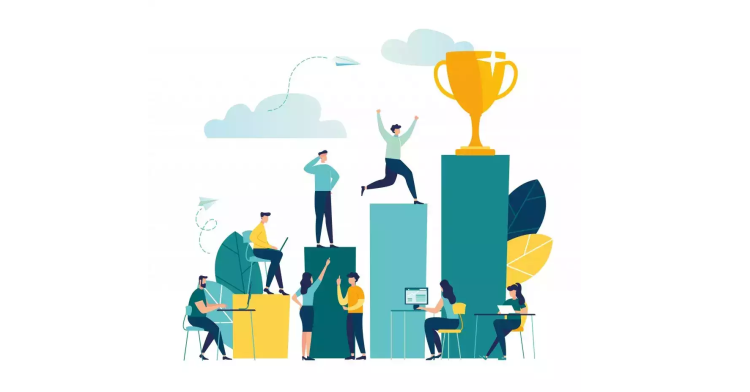
These factors add together to make the recognition more authentic and inspiring for the employees.
Organizations should focus on incorporating the key elements of a perfect employee recognition program to enhance their effectiveness.
Even though organizations implement employee recognition programs in different ways, there are a few key elements that every such program should feature.
The most critical elements of a perfect employee rewards and recognition program are as follows:
1. Timely and Specific Recognition
2. Involvement of Top Management
3. Peer-to-Peer Recognition
4. Variety of Recognition
5. Integration of Core Business Values
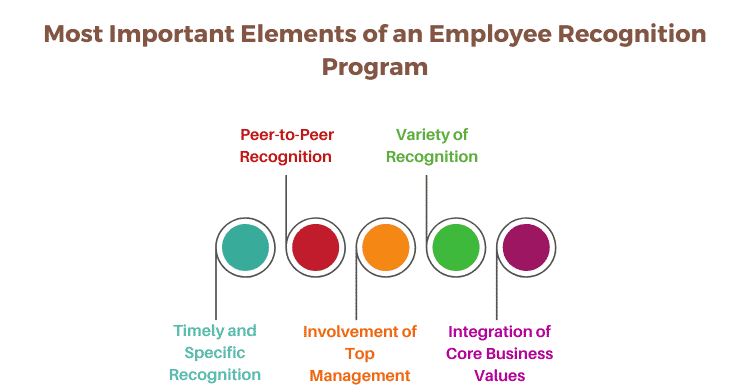

The organization must ensure that the recognition program can appreciate deserving employees spontaneously.
Timely recognition motivates employees and inspires them to continue to give their best for business growth.
Moreover, the program should focus on recognizing specific efforts, achievements, and even specific behaviors of employees.
This is essential to maintain the relevance and authenticity of the program.
At a global manufacturing company, managers can instantly recognize their team members without prior approvals using the HiFives platform. Employees receive e-certificates and reward points (that can be redeemed for e-gift cards).

The effectiveness of recognition often depends on how actively the top management participates in the program.
Active participation of the top management sends out a strong positive message about the significance of the program.
They feel assured that the bigwigs within the organization value their efforts and achievements.
It can go a long way in enhancing employee engagement and keeping them motivated about the recognition program.
At a healthcare startup, the founders personally felicitate the winners of the ‘Employee of the Month’ award during the monthly town hall in the presence of the entire workforce.
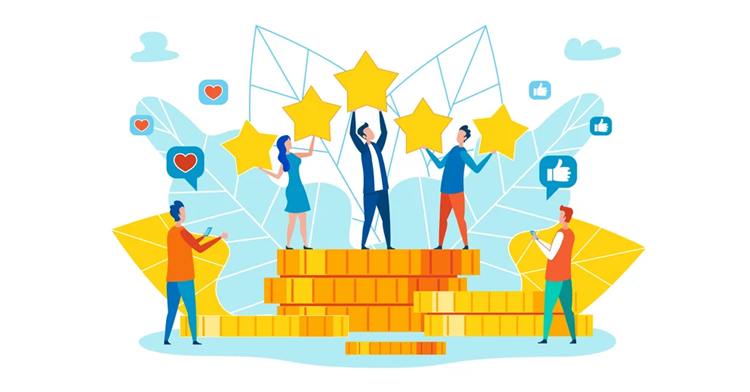
Peer-to-peer recognition holds almost the same level of significance as the recognition offered by top management.
Being appreciated by their peers and co-workers for their good work and achievements fills the employees with a sense of pride and accomplishment that is quite unmatched.
It assures the employees that their colleagues genuinely respect them. Rather than causing resentment among their fellow workers, they have managed to win their trust and appreciation.
This can help increase the employees’ engagement level and make them feel valued.
At a fashion retail company in the Middle East, store associates and other employees can appreciate and thank each other by giving e-cards through the HiFives platform.

Organizations must maintain employee interest in the recognition programs to keep reaping its benefits.
This can be ensured by increasing the variety of recognition so that the employees feel constantly excited and curious about the program.
Diversity in recognition can be ensured if employees at different levels are rewarded and recognized under various criteria.
Therefore, this increases the program’s coverage and helps build a happier and more satisfied workforce.
An insurance company’s employee rewards and recognition program includes spot awards, peer-to-peer recognition, monthly and quarterly awards, and rewards for various contests and events. Peers and managers can nominate their team members for multiple awards/ recognition through the HiFives platform.
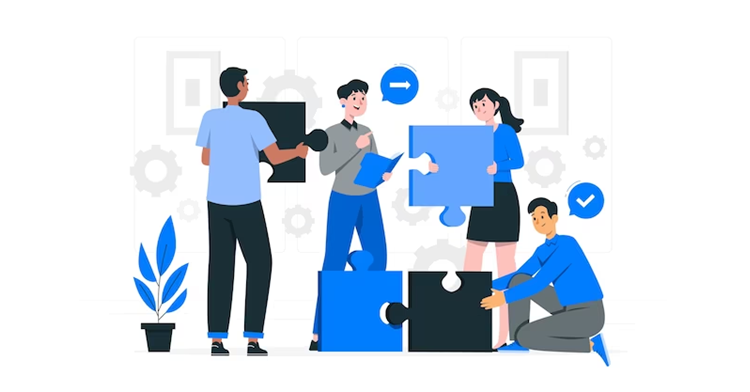
Building a perfect recognition program is nearly impossible if not integrated with an organization’s core values.
So, this ensures that employee engagement is for the right reasons, which, in turn, helps in reinforcing the organization’s culture effectively.
Hence, the organization should establish performance and behavioral criteria for rewards and recognition to integrate the program with corporate values.
Therefore, these factors should form the basis for a solid and effective recognition policy and system development.
At a global analytics and AI company, employees can recognize each other with digital badges using the HiFives platform when they demonstrate the organization’s core values. The recognition gets posted on HiFives and Microsoft Teams through integration for greater social visibility.
Understanding the key elements of a perfect employee recognition program is the first and the most important step that organizations need to take in the direction of developing such a system that is effective in motivating their employees and driving business growth.

Lead author: Sagar Chaudhuri, the Co-Founder and CEO of HiFives. He is an HR Tech Evangelist with over 25 years of corporate and entrepreneurship experience. In the past, Sagar has worked in leadership roles with companies such as Genpact, Infosys, and ICICI Bank. He has an engineering degree from IIT Kharagpur and an MBA from IIM Lucknow. Connect on LinkedIn
To stay updated on the latest HiFives blogs, follow us on Twitter (@MyHiFives)